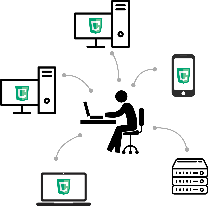The API for Unlimited Compute Power
Build and scale massively parallel apps with ease.
The future of high-throughput computing is
compute.for()
Start in minutes with $100 of free compute







